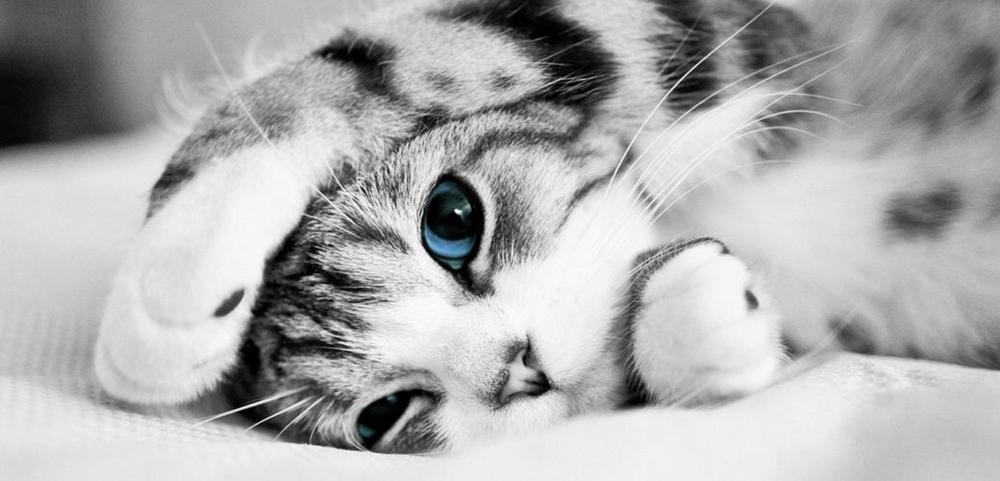Discover everything you need to know about catnip—from how it affects cats to its benefits, uses, and safety tips. A must-read guide for every cat owner!
23 April 2025
Catnip, also known by its scientific name Nepeta cataria, is a herbaceous plant from the mint family that has a fascinating effect on cats. It’s beloved by felines across the world and has become a staple in many cat toys and treats. But what exactly is catnip, and why do cats react to it the way they do? In this article, we’ll explore everything cat owners should know about catnip: what it is, how it works, its benefits, and how to use it safely.
What is Catnip?
Catnip is a perennial herb that grows naturally in parts of Europe, Asia, and North America. It has heart-shaped leaves and small lavender or white flowers. While it looks like any ordinary garden plant, catnip contains a unique chemical compound called nepetalactone, which is found in the leaves, stems, and seeds of the plant.
Nepetalactone is what triggers the famous catnip response in felines. This compound binds to receptors in a cat’s nose and affects their brain, specifically the areas that control emotions and behavior. Interestingly, catnip only affects cats genetically predisposed to it. Around 50% to 70% of cats inherit the sensitivity to nepetalactone, while kittens younger than 6 months and senior cats may show no response at all.
How Do Cats React to Catnip?
The reaction to catnip can be both entertaining and intriguing. Affected cats may exhibit behaviors such as:
- Rolling, rubbing, and flipping over
- Purring, meowing, or vocalizing
- Hyperactivity or sudden bursts of energy
- Playful aggression (biting or batting at toys)
- Sedation or a calm, relaxed demeanor after the initial excitement
These effects usually last about 10 to 15 minutes. After this, cats become temporarily immune to catnip and won’t respond to it again for an hour or two.
Why is Catnip Useful for Cats?
Catnip isn’t just a fun stimulant — it also offers various benefits for cats and their owners.
1. Encourages Exercise and Play
Catnip can help motivate sedentary or overweight cats to become more active. Sprinkling catnip on toys or scratching posts can entice them to play, pounce, and chase, which contributes to better physical health.
2. Reduces Stress and Anxiety
Catnip can have a calming effect on some cats. For example, when used in a carrier before a vet visit, it may help relax a nervous kitty. Similarly, catnip-scented items can make a new environment feel safer.
3. Training Tool
Catnip can be used as a positive reinforcement tool in behavior training. You can sprinkle it on a scratching post to encourage your cat to use that instead of your furniture or place it in a new bed to make it more appealing.
4. Mental Stimulation
Indoor cats, in particular, need mental stimulation to stay happy. Offering catnip in toys, puzzle feeders, or sprinkled on play mats can enrich your cat’s environment and keep them engaged.
Different Forms of Catnip
Catnip is available in several forms, and the best choice depends on how you want to use it:
- Dried catnip: The most common and versatile form. It can be sprinkled on toys, scratchers, or bedding.
- Catnip sprays: A convenient option that allows you to apply catnip scent to any surface without the mess.
- Catnip-filled toys: Ready-to-use toys already infused with dried catnip.
- Fresh catnip: Grown indoors or outdoors, fresh catnip can be offered directly or used in homemade toys.
- Catnip treats: Edible treats that contain catnip are great for training or as a special snack.
Is Catnip Safe for Cats?
Yes, catnip is generally very safe for cats. It’s non-addictive and non-toxic. Cats will naturally regulate their intake — they won’t overdose even if they love it. That said, moderation is key. Excessive ingestion of catnip (especially fresh leaves) can lead to mild gastrointestinal upset such as vomiting or diarrhea.
To avoid overexposure, limit catnip use to once every couple of days. This also helps prevent your cat from becoming desensitized to its effects.
Can All Cats Use Catnip?
Not all cats are affected by catnip. As mentioned earlier, the sensitivity to nepetalactone is genetic. If your cat doesn’t respond to catnip, don’t worry — there are alternatives such as silvervine and valerian root, which can produce similar reactions in some cats who don’t react to traditional catnip.
Growing Catnip at Home
If you enjoy gardening, you can grow your own catnip! It’s easy to cultivate in pots or garden beds and thrives in well-drained soil with plenty of sunlight. Once harvested, you can dry the leaves and store them in airtight containers for future use. Fresh catnip can also be offered directly to your cat — many felines love to nibble the leaves.
Final Thoughts
Catnip is a fun, safe, and enriching herb that many cats love. It can help with exercise, stress reduction, and training, and it’s a great way to strengthen the bond between you and your feline friend. While not every cat reacts to catnip, for those who do, it’s often a delightful and beneficial experience.
If you haven’t tried giving catnip to your cat yet, consider picking up a toy or a small sachet of dried catnip and see how they react — you may be in for a few minutes of adorable entertainment!



